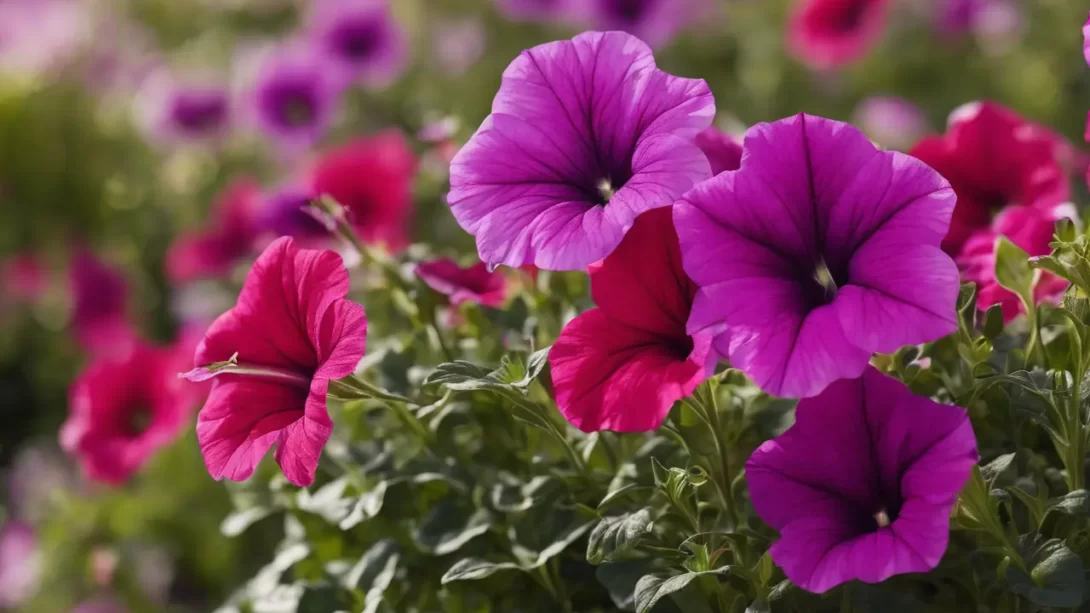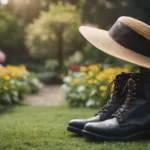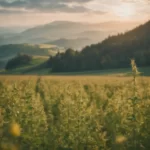Petunias are a garden favorite, known for their vibrant colors and lush blooms. They not only beautify gardens but can also be a source of new plants through seed harvesting. Collecting seeds from petunias is a simple and rewarding process, allowing gardeners to propagate their favorite varieties and contribute to sustainable gardening practices.
Petunia Seed Pods
Petunias, after blooming, develop small, inconspicuous seed pods at the base of the flower. These pods are initially green and gradually turn brown as they mature. Each pod contains numerous tiny seeds. Understanding the lifecycle of a petunia flower is key to successful seed collection. The transition from flower to seed pod marks the beginning of the seed maturation process.
Best Time for Harvesting
Timing is crucial when harvesting petunia seeds. The best time to collect seeds is when the seed pods have fully matured but before they open and release their contents. Look for pods that have turned brown and feel dry to the touch. Harvesting too early can result in immature seeds that may not germinate, while waiting too long can mean losing seeds as pods open naturally.
Materials Needed for Harvesting
To harvest petunia seeds, you’ll need a few simple tools:
- Sharp scissors or pruning shears for cutting the seed pods.
- Small containers or envelopes to hold the seeds.
- Labels to mark the variety and date of collection.
- A tray or paper to catch the seeds during extraction.
Harvesting Process
Follow these steps to harvest petunia seeds:
- Identify Mature Seed Pods: Look for pods that have turned from green to brown and feel papery.
- Cutting the Pods: Using scissors or pruning shears, carefully snip the seed pod from the plant. Be sure to leave a bit of the stem attached for easy handling.
- Collecting the Pods: Place the cut pods into your container. If harvesting different varieties, keep them separated and label each container accordingly.
This process should be done gently to avoid damaging the seeds. Harvesting on a dry day is preferable as moisture can affect the quality and storage of the seeds.
Drying and Extracting Seeds
Once you have harvested the seed pods, the next step is to dry and extract the seeds.
- Drying the Pods: Spread the harvested seed pods on a tray or paper in a warm, dry area. Avoid direct sunlight, which can be too intense and harm the seeds. Let the pods dry for a few days until they crack open easily.
- Extracting the Seeds: Gently open the dried pods over a container or paper to collect the seeds. Be cautious as petunia seeds are very small and can easily be lost. You can lightly tap or shake the pod to release the seeds.
This stage requires patience and a delicate touch to ensure that you gather as many seeds as possible without damage.
Storing Petunia Seeds
Proper storage is essential for maintaining the viability of petunia seeds. Here’s how to store them correctly:
- Preparation for Storage: Ensure that the seeds are completely dry before storing them. Any moisture can lead to mold and reduce germination rates.
- Choosing Containers: Use airtight containers, such as small jars or sealable plastic bags, to store the seeds. This helps keep moisture and pests out.
- Labeling: Label each container with the variety of petunia and the date of seed collection. This information is valuable for future planting and tracking seed viability.
- Storage Conditions: Store the seeds in a cool, dry place. A refrigerator can be ideal, but make sure the seeds are in a moisture-proof container to prevent condensation.
Storing seeds properly can extend their viability for several years, ensuring a supply of petunia seeds for future planting seasons.
Sowing Petunia Seeds
To provide a brief insight into using the harvested seeds:
- Best Time to Sow: Petunia seeds are typically sown indoors about 10-12 weeks before the last frost date.
- Soil and Environmental Conditions: Use a fine, seed-starting potting mix and shallow trays or pots. Petunia seeds need light to germinate, so they should be sown on the soil surface or lightly covered with a thin layer of soil.
- Moisture and Temperature: Keep the soil moist but not waterlogged. A temperature of around 70-75°F (21-24°C) is ideal for germination.
By following these steps, you can successfully grow petunias from your harvested seeds, experiencing the full cycle of plant growth from seed to flower.
Common Challenges and Solutions
Harvesting and storing petunia seeds can present some challenges. Here are common issues and their solutions:
- Low Germination Rates: This can be due to harvesting seeds too early or improper storage conditions. Ensure you harvest mature seeds and store them in a cool, dry place.
- Mold Growth: If seeds are stored damp, mold can develop. To prevent this, thoroughly dry seeds before storage and use airtight containers.
- Seed Mix-Up: When collecting different varieties, seeds can get mixed up. Always label containers during harvesting and storing to keep track of varieties.
Addressing these challenges will improve your success rate in growing healthy petunias from your harvested seeds.
Conclusion
Harvesting seeds from petunias is a simple and cost-effective way to propagate and preserve your favorite varieties. It’s a process that connects you more deeply to your garden and the cycle of plant life. Whether you are a seasoned gardener or a beginner, saving petunia seeds is a rewarding activity that enhances your gardening experience.
With these guidelines, you’re now equipped to harvest, store, and sow petunia seeds. As you practice this skill, you’ll gain a deeper appreciation for the beauty and resilience of these popular garden flowers.




